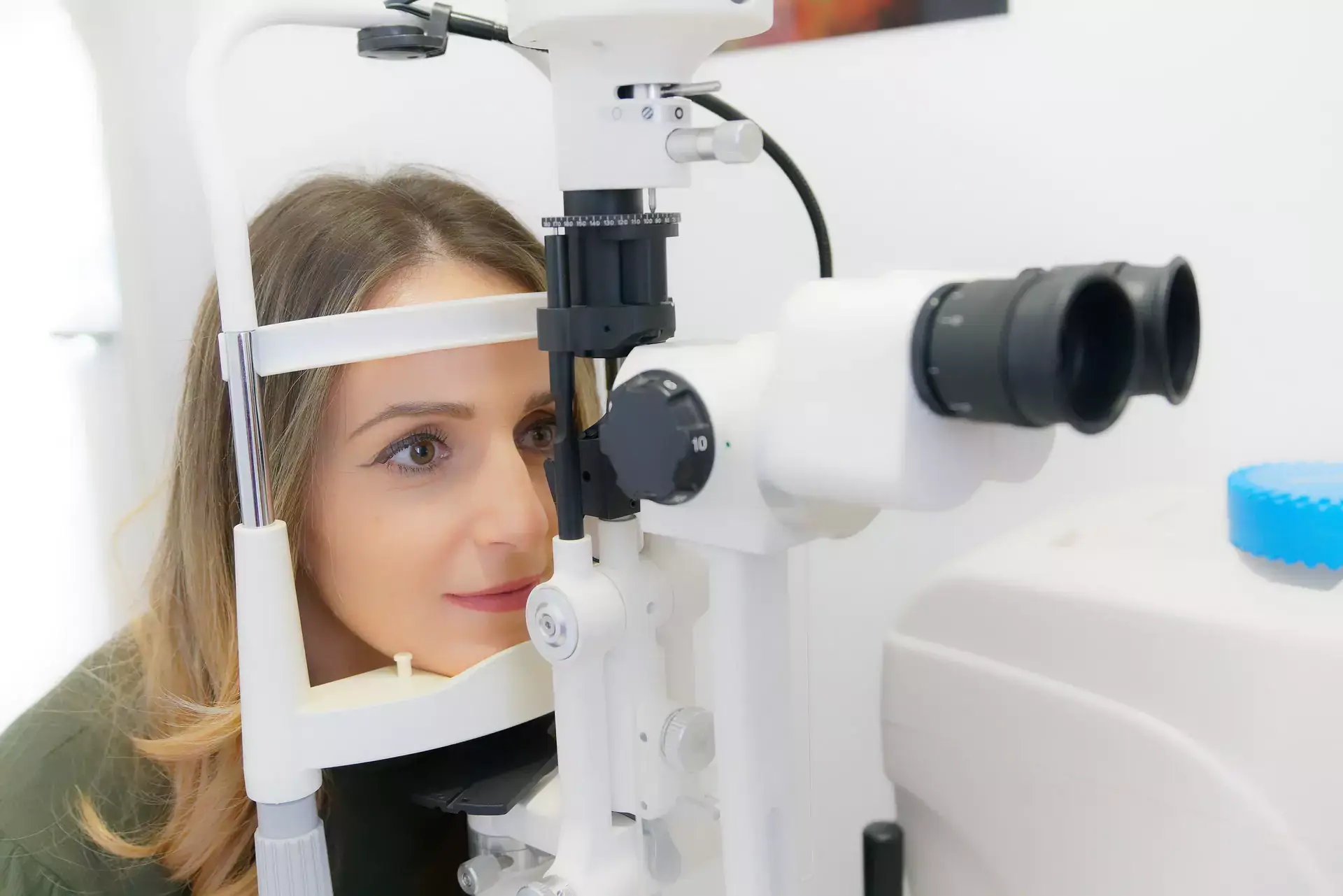Fun Facts About Eyes
You’ve probably heard that the eyes are a window into the soul. These organs are very remarkable: not only do they allow us to visually perceive our surroundings, but they also allow us to convey our emotions. Actually, the eyes are amazing in many ways. In this article, a local Redding CA optometrist discusses several intriguing eye-related statistics.
Muscle Memory
The muscles surrounding your eyes are actually the most active muscles in your body. In case you were wondering, the eye contains 10 muscles. There are six outside the eye that regulate the eye’s movement. Then there are three in the eye: two to help the pupil expand and constrict, and one to aid in focus. Finally, we have the eyelid.
Make My Brown Eyes Blue
If you have blue eyes, you’ve already experienced this – sort of. Everyone has brown eyes. We see different hues due to differences in melanin levels in the colored region of the eye, the iris. This determines the amount of light absorbed or reflected. Based on this, our brains perceive the wavelength of light and ‘process’ the reflected light as color.
Big Blues
Another fun tidbit regarding blue eyes: Everyone with them is distantly related. At least, it is what current research indicates. The findings suggest that a single person, most likely from northern Europe, randomly acquired the genetic mutation that caused blue eyes at some point in the distant past. Fast forward six to ten thousand years, and, well, let’s just say that would be a pretty epic family reunion.
One Of A Kind
You’ve probably seen that iris scans are becoming increasingly popular as a method of biological identification. This is now believed to be more secure than fingerprint scans. Why is this so secure? As you may know, DNA determines eye color. (Several genes are involved in this, but we’ll talk about that later.) However, each eye develops slightly differently in the womb. This results in a distinctly patterned ‘landscape’ within the eye. As with fingerprints, no two are the same. To put it into numbers, the iris has 256 distinct features. Fingerprints, in comparison, have only 40.
Color By Number
Green is the least common of the four primary eye colors (brown, blue, hazel, and green). Only roughly 2% of the world’s population has them. The most prevalent eye color is brown. Hazel and blue both fall somewhere in the center.
However, some colors are even less prevalent than green. Red and violet eyes are unusual, occurring only in albinism. Amber eyes are also unusual. (Note: they have the same pigment as brown eyes.)
Keep An Eye Out
The position of the eyes is one of the defining traits that aids in the classification and separation of animal groupings. Many wild prey animals have eyes on the sides of their skulls. This is known as monocular vision, and it allows them to retain a larger field of view, making it easier to detect that hyena approaching from behind. This category contains horses, rabbits, deer, and other herbivores.
Most apex predators, however, have both eyes in the front of their heads. We, of course, fall into that category, along with cats, owls, wolves, and primates such as monkeys.
Cephalopods have eyes on stalks. While this may sound like science fiction, it is based on truth. Some examples are the appropriately titled stalk-eyed fly and the larval black dragonfish. Then there’s shrimp, fiddler crabs, and snails, as well as some fictional characters, such as the Dalek from Dr. Who and the Beholder from Dungeons and Dragons.
Photo Shoot
Have you ever wondered why certain people have red eyes in photographs? This occurs when light reflects off blood vessels in the back of the eye.
Blink And You Miss It
Blinking is an intriguing trait among the body’s many ways of protecting and preserving itself. It protects our eyes from dust and pollen while also lubricating them.
A blink lasts roughly a fraction of a second. Most people blink approximately 12 times each minute. That works out to be almost 4 million times every year!
Side Eye
Do you feel nervous about things involving your eyes? (If so, congratulations for making it this far.) There is a word for that. Ommatophobia.
Blindness Isn’t Always Unavoidable
This is a sobering one. Approximately nine out of 10 blind people could have had their vision preserved. Many cases of blindness are caused by disorders that can be treated, at least to some extent. Poverty, illness, and trouble obtaining medical care are three of the leading factors. Visit your Happy Valley, CA eye care clinic regularly to protect your vision!
Nobody Knows Why We Cry
Everyone understands that we cry when we are upset. Scientists have not yet discovered a biological explanation for this as, from a physical standpoint, there really is no need to cry. Regardless, it has become a deeply entrenched behavioral response to negative emotions like pain, fear, and loss.
Cry Like A Baby. Or Not.
Initially, babies’ screams are vocalizations rather than tears. Infants’ bodies begin making tears around two weeks old, but production does not truly spike up for another month or so.
Eat The Rainbow
Nutrition has some effect on every organ and system in the body. A quick rule of thumb for keeping your eyes healthy? Opt for vividly colored fruits and vegetables. Some foods that are beneficial for your eyes include carrots, peppers, avocados, and blueberries.
Information Overload
Your eyes are constantly transmitting information to your brain, which then processes it. Every hour, your peepers detect up to 36,000 bits of information. That equates to approximately 24 million pieces of information over the course of your lifetime.
Upside Down, Round and Round
To process a visual image, your brain must first ‘flip’ it. Because of the design of our eyes and how they filter and refract light, the visual images we see are flipped upside down on our retinas. Our brain corrects and translates it back to us.
They Are Irreplaceable
While corneal and retinal implants are already available, the likelihood of whole-eye transplants occurring in the future is remote. This is due to the eye’s extensive network of nerves and blood vessels. The primary optic nerve alone has between 770,000 and 1.7 million nerve fibers! Of course, with the rapid technical advancements we are witnessing these days, that doesn’t imply we won’t come up with something … eventually. However, that prospect is currently out of reach.
This just emphasizes the need of maintaining good eye health. One important factor to understand is that it is not uncommon for people to have developing disorders that do not cause symptoms until they become difficult—and even impossible—to address. Maintain a regular schedule of eye exams and visits to your Shasta Lake, CA optometrist.
Schedule An Appointment At Your Redding, CA Eye Clinic
Do you have any queries or concerns regarding your vision or prescription? Are you due for new lessons or contacts? Please feel free to contact us at any time. As your Redding CA eye care center, we are here to assist, and are dedicated to providing both top-notch care and great customer service.




